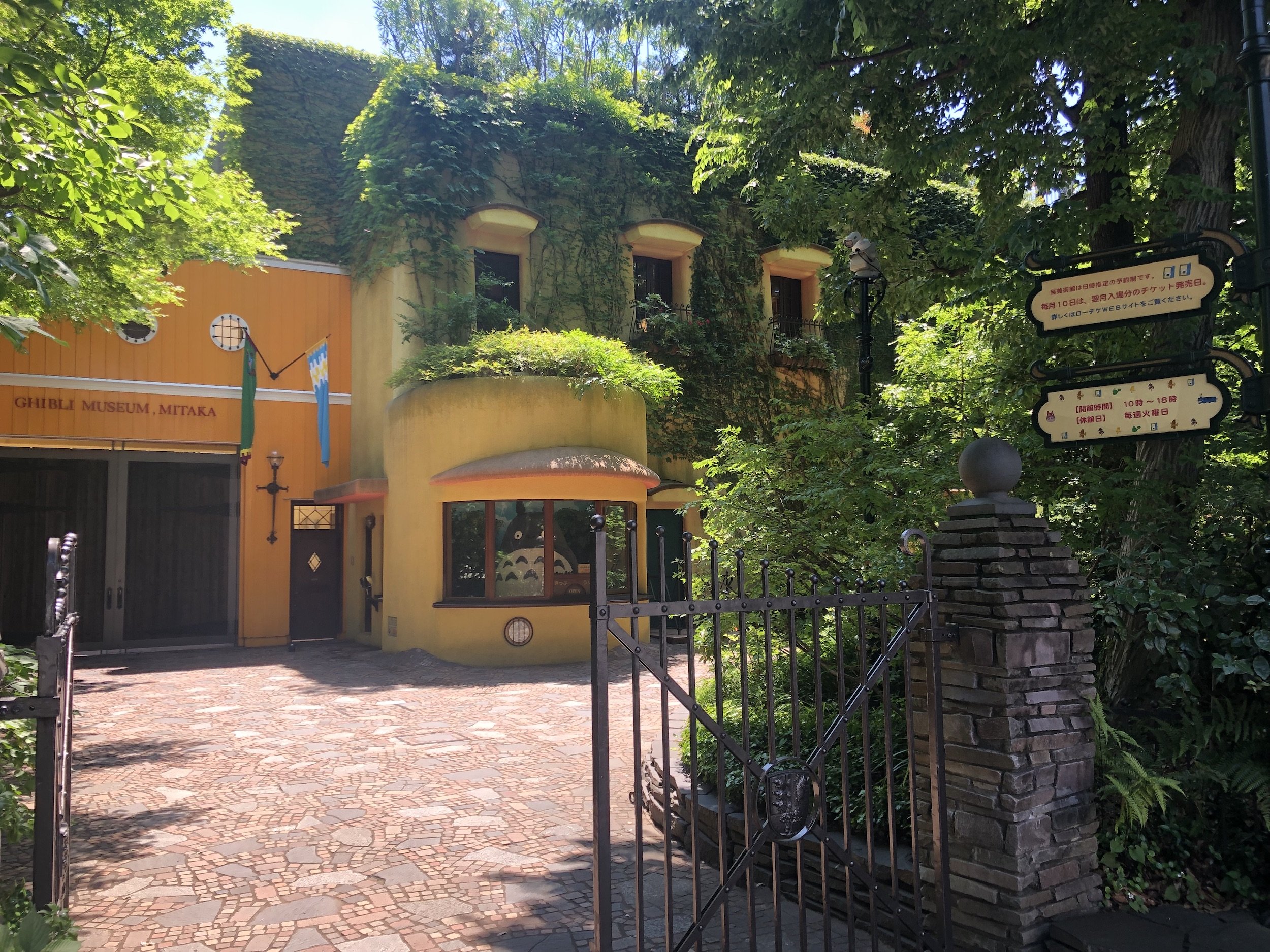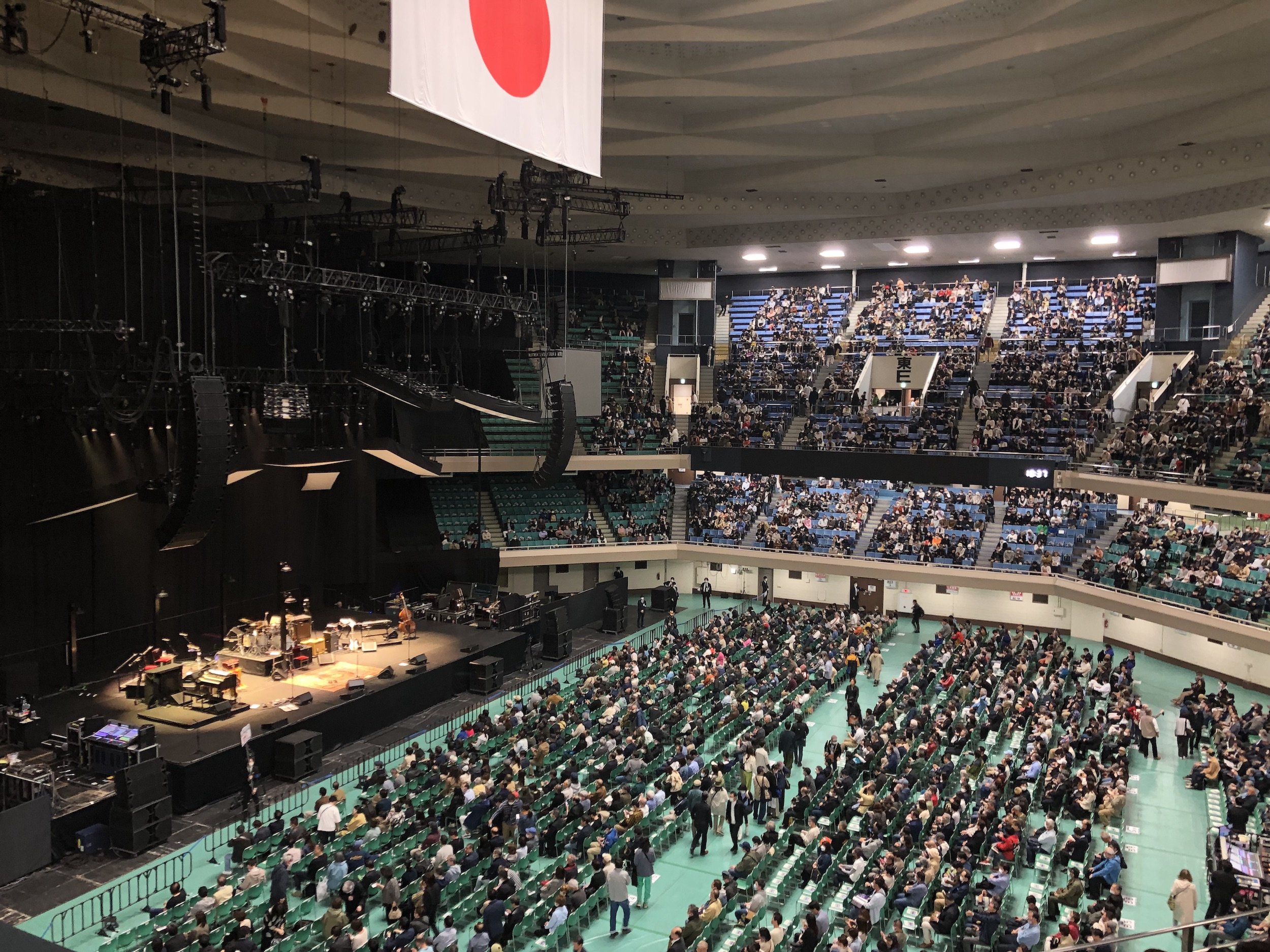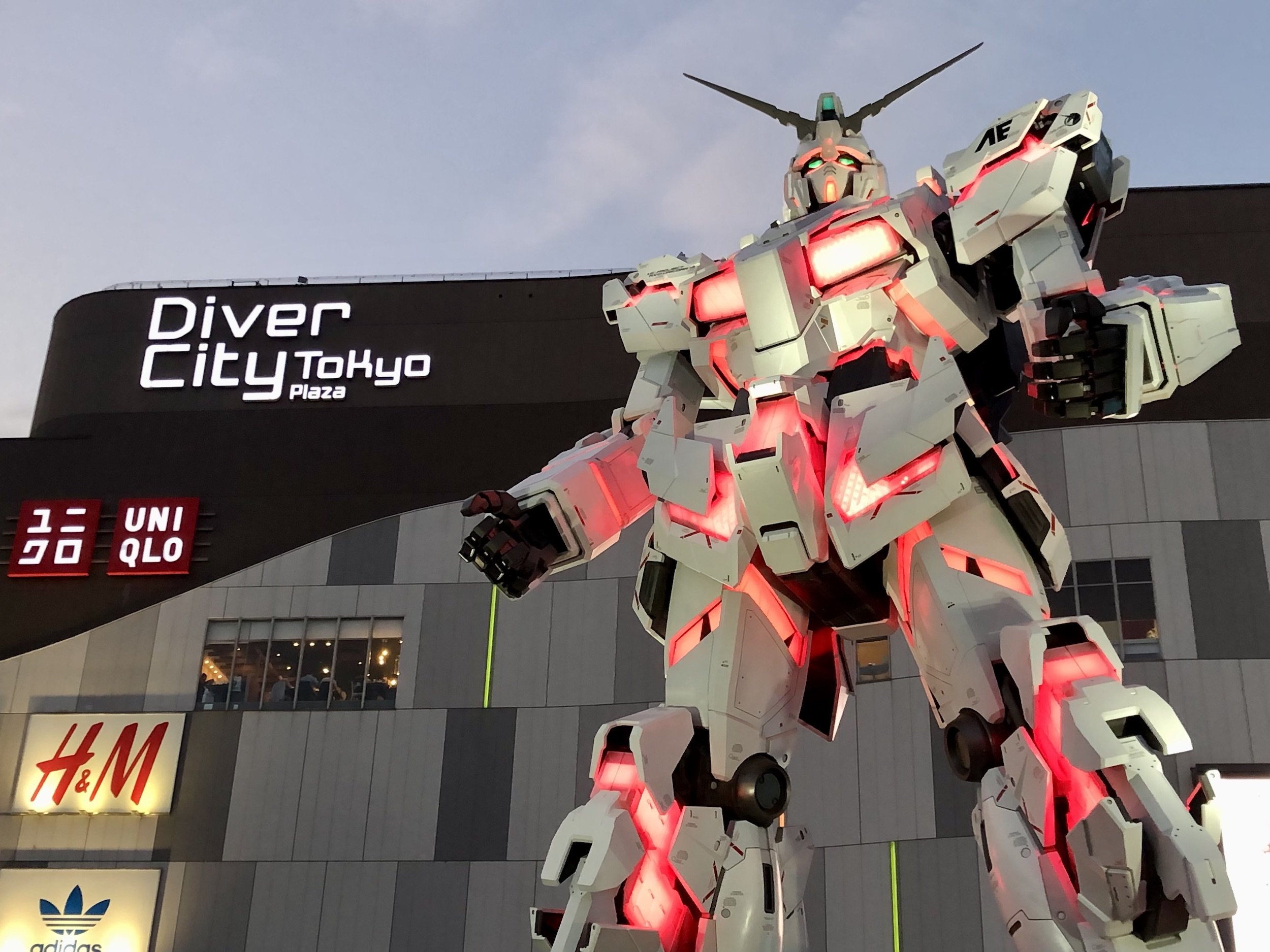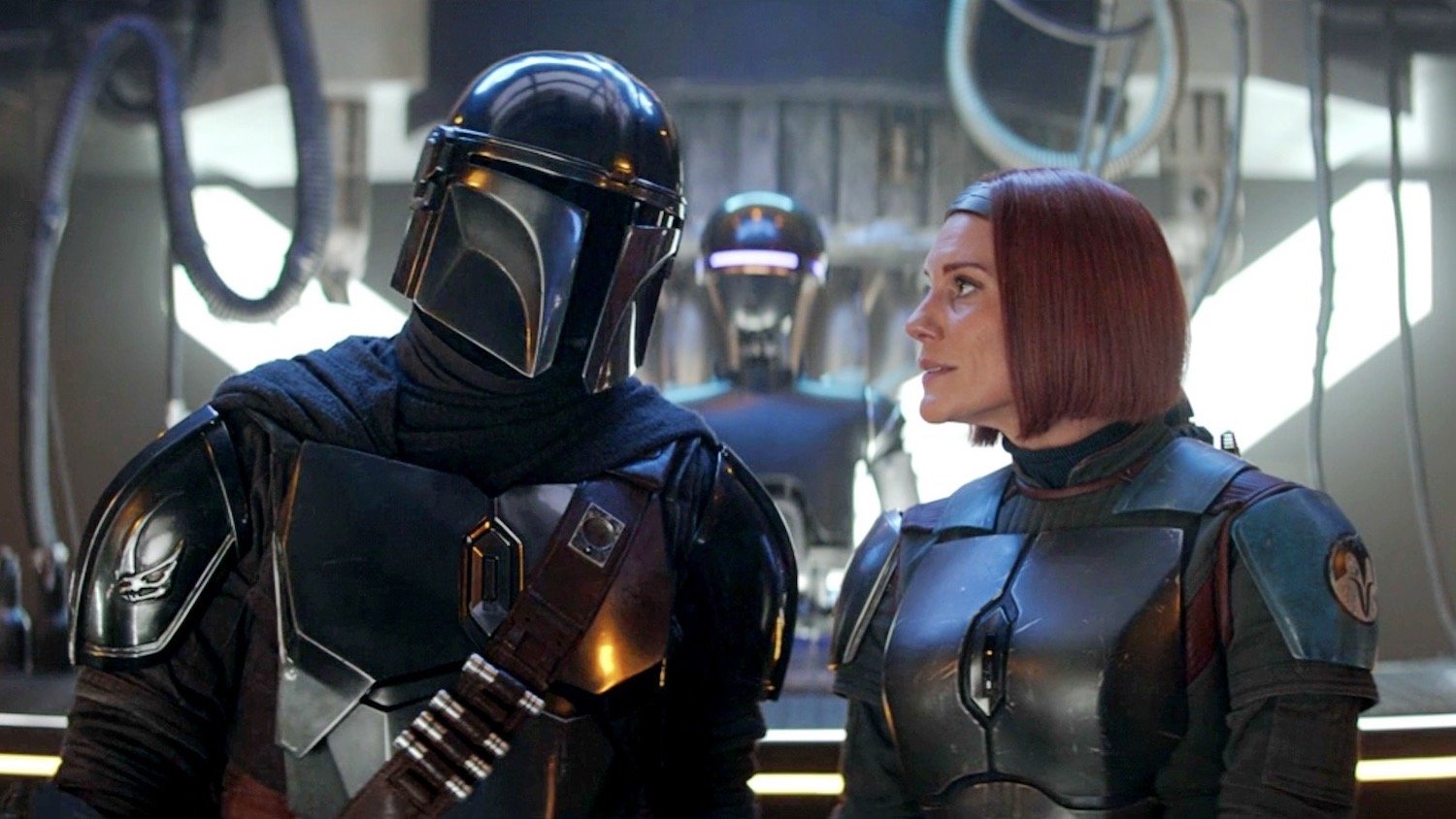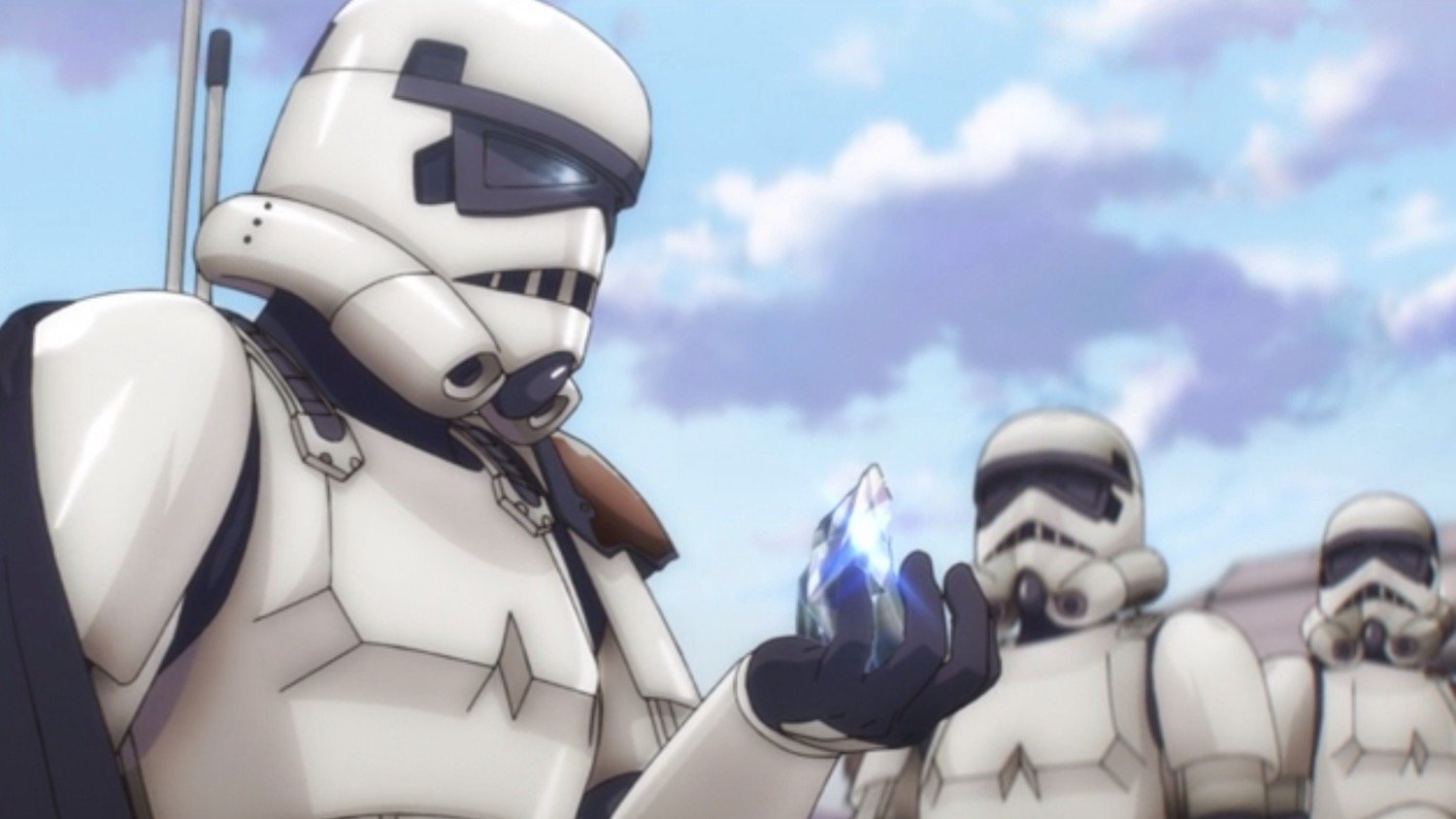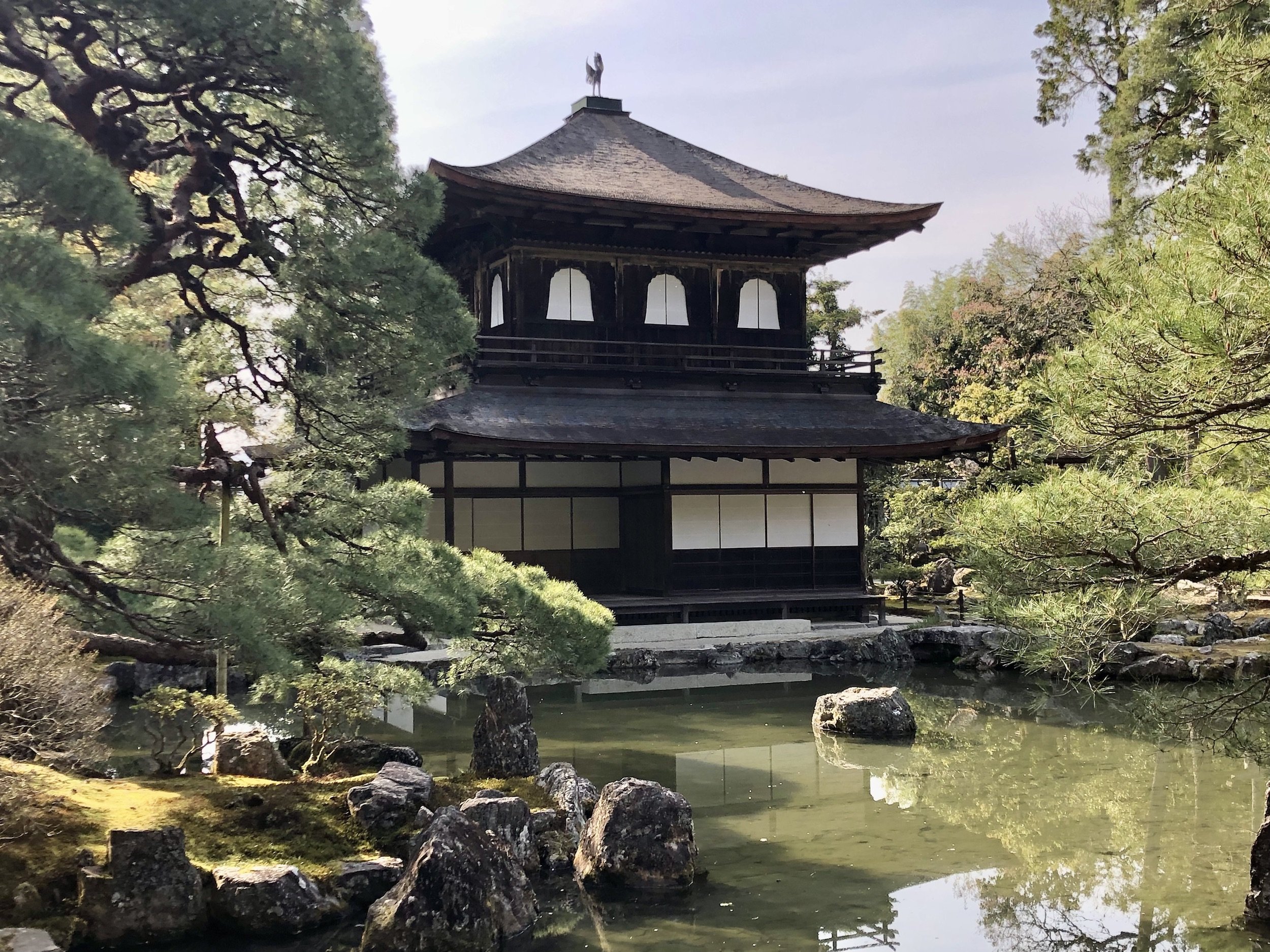In the past, I’ve written about Studio Ghibli-related places you can visit in Japan, one of those being the ever-popular Ghibli Museum in Tokyo. For theme park goers and Hayao Miyazaki fans, the opening of Ghibli Park in Aichi Prefecture last November has now changed the game for Ghibli-inspired travel. Here, I’ll compare the Ghibli Museum with Ghibli Park, examining how it makes use of similar design elements in places.
Read MorePhoto Highlight: Hasedera Temple Hydrangeas
People gather for hydrangea viewing along the Prospect Path at Hase-dera Temple in Kamakura, Japan, on June 6, 2023. The temple holds a 30-foot wooden statue of the goddess Kannon in its main hall, and it’s about a 7-minute walk from both Hase Station and the famous Great Buddha of Kamakura, which has drawn visitors like former U.S. president Barack Obama.
During the rainy season, over 40 different varieties of ajisai (hydrangeas) can be seen at Hase-dera. The Prospect Path, where most of them are, carries a slow-moving line of people a short way up Mount Kamakura, where you can also take in a commanding view of Yuhigahama Beach and Sagami Bay. From now until Wednesday, June 21, a combined ticket for the temple and Prospect Path (with timed entry for the latter) can be purchased via a link on Hase-dera’s Japanese website for ¥900.
To see more pictures of Kamakura, check out this gallery.
The Kabuki Hall Food Court [Updated with New Info on Robot Restaurant]
Even before Tokyu Kabukicho Tower opened in mid-April, its fountain-like design caught my eye and had me wondering what this new building was. It’s Japan’s 19th-tallest skyscraper, and you can see it rising up over the train station from Shinjuku Southern Terrace. At 48 stories high, it’s significantly taller than the neighboring Shinjuku Toho Building, where the famous life-size Godzilla Head peeks out from an eighth-floor terrace, and where the adjoining Hotel Gracery Shinjuku tops out at 30 floors.
Tokyu Kabukicho Tower also holds two hotels on its upper floors, but below them is an entertainment complex with a state-of-the-art multiplex, venues for both live music and theater (stage productions), and a nightclub that spans four basement levels. The very first thing you’ll see when you walk in, however, is the neon-lit food court, Kabuki Hall, which brings together regional soul foods from around Japan in a retro, yokocho-style atmosphere.
Read MorePhoto Highlight: Rainy Yurakucho Evening
In addition to regular posts, for the summer, I’m going to try something different and do some bite-sized entries like this, where it’s just a single photo taken in the last 48 hours, along with a short write-up that doesn’t go beyond the home page. (So, you won’t have to click “Read More” and hit the jump to anything.)
This picture is from yesterday evening, outside Yurakucho Station in Central Tokyo. It’s not even June yet, but it feels like the rainy season (tsuyu) has already started, with hydrangeas coming out to bloom and the weather forecast showing almost straight rain and clouds for the next ten days. We were on our way back to Tokyo Station from Toho Cinemas Hibiya, where we went to see a matinee movie. It was a few minutes after sunset, and the juxtaposition of city lights with a rain-slick road and elevated train station during the magic hour gave the walk a romantic feel.
Inside Nippon Budokan, Tokyo's Historic Music and Martial Arts Venue
Located near the Imperial Palace in Central Tokyo, Nippon Budokan, which simply means, “Japan Martial Arts Hall,” first opened ahead of the 1964 Summer Olympics, where it introduced judo as an Olympic sport. At the 2020 (technically, 2021) Summer Olympics, Budokan again served as a venue for both judo and karate, but for music fans, it’s more famous as a concert venue. This is where The Beatles played their first show in Japan. Artists like Cheap Trick, Bob Dylan, and Eric Clapton have all recorded famous live albums at Budokan, and a few weeks ago, we got to see one of them play there live.
Read MoreDigital Art and Robots from Toyosu to Odaiba
As Wikipedia notes, “The Yurikamome is Tokyo’s first fully automated transit system, controlled entirely by computers with no drivers on board.” It links Toyosu, where the old Tsukiji Fish Market relocated in 2018, and where the TeamLab Planets digital art museum is currently operating, with the manmade island of Odaiba across Tokyo Bay. On Odaiba, you can see the Life-Sized Unicorn Gundam statue, among other things.
Like the monorail at Tokyo Disney Resort (officially known as the Disney Resort Line), you can sit in front of the Yurikamome and look directly out the window without any human conductors obstructing the view. That seems like a good starting point for a long and winding post through the spring of 2023, from Toyosu to Odaiba to the robot apocalypse, and everything in-between.
Read More'The Mandalorian' Season 3 Treads the Living Waters
I watched all eight episodes of The Mandalorian season 3, but I have to admit, my interest in this show has waned. At this point, it’s more for my job that I’ve been keeping up with it. (Two of the eight episodes were advance digital screeners, sent for the purposes of /Film coverage.)
Don’t get me wrong: there are worse ways to spend your workday (or Star Wars Day 2023) than writing about Star Wars TV, and I still managed to summon up 1,500+ words on R5-D4, the galaxy’s most sympathetic droid. But if the aim of The Mandalorian is to be like a Saturday afternoon serial of the kind that inspired the young George Lucas, it feels less like a matinee and more like something syndicated, cheap and televisual.
Read More'Star Wars: Visions' Volume 2 Still Offers a Taste of Tokyo Anime
Happy Star Wars Day to all those who celebrate. It’s May the Fourth (Be With You) and there’s a new batch of Star Wars: Visions episodes hitting Disney+ today. We’re also just two weeks removed from the season 3 finale of The Mandalorian, and we’re coming up on the 40th anniversary of Return of the Jedi this month. All that seemed like a good excuse to dust off my Star Wars in Japan portfolio, especially since one episode of Star Wars: Visions Volume 2 hails from a Tokyo-based animation studio. This is appropriate since a Tokyo art exhibition, also named Star Wars: Visions, actually preceded the animation anthology of that name, which is streaming now.
Read MoreGinkakuji Temple and the Philosopher's Path in Kyoto
In my last post, covering Nanzenji Temple and the Keage Incline, I neglected to mention that the temple is where Tetsugaku no michi, the Philosopher’s Path, terminates in Kyoto. This walking course runs about a mile and a quarter along a steep canal with hundreds of sakura trees hanging over it, so it’s a popular stretch for cherry blossom viewing when it comes alive with flowers in late March and early April. The course begins along the approach to Ginkaku-ji, another famous temple in Kyoto, so you could visit it first and then follow the Philosopher’s Path down to Nanzen-ji.
Read MoreSakura and Bricks from Nanzenji Temple to the Keage Incline
In Kyoto, if you want to avoid the gaggle of tourists packed into slow-moving buses, it can be more comfortable now to ride the subway sometimes. Nanzenji is one famous temple located within walking distance of the subway, and when you exit Keage Station in late March or early April, you’ll have the option of walking along the railway tracks to do some cherry blossom viewing on the Keage Incline.
Read More